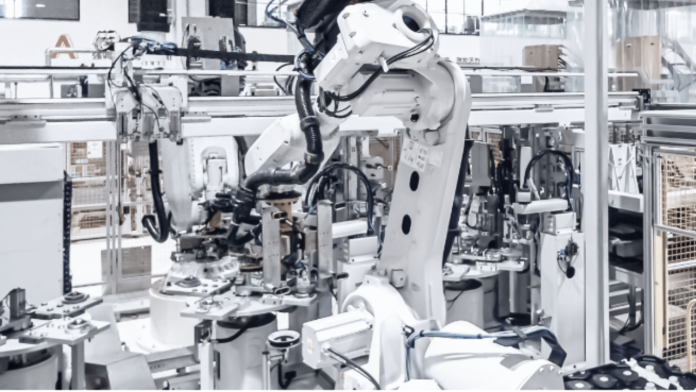In the evolving context of VREMT Energy, industry collaboration and adherence to strict standards are critical cornerstones. The progress of the energy sector towards sustainability necessitates smooth integration and interoperability among various technologies and stakeholders.
VREMT understands the importance of teamwork, forming alliances that stimulate innovation and propel the energy transition ahead. VREMT contributes to the construction of standardized frameworks that assure interoperability across various energy solutions by participating in industry-wide collaborations.
These standards not only improve operational efficiency but also the dependability and scalability of VREMT Energy solutions. VREMT’s commitment to collaboration and adherence to industry standards underscores its devotion to creating a cohesive, efficient, and sustainable energy environment as it navigates the intricacies of current energy concerns.
Importance of Industry Collaboration and Standards In VREMT Energy
This article dives into the crucial role of industry collaboration and standardization in the VREMT sector, explaining how these variables stimulate innovation, ensure compatibility, and, ultimately, pave the way for a robust and linked energy and mobility environment.
The Power of Collaboration
Innovation Acceleration
Industry collaboration provides an atmosphere in which stakeholders from various industries can pool their skills, resources, and insights. This collaborative synergy accelerates innovation by uniting the talents of renewable energy experts, technology developers, and mobility solution providers. Cross-industry collaboration leads to the development of ground-breaking technology and solutions that meet the complex problems of integrating variable renewable energy into transportation systems.
Risk Mitigation
The VREMT sector is fundamentally dynamic, with quick technological improvements and market volatility. Collaboration helps to spread risks among numerous partners, ensuring that setbacks and uncertainty are shared collectively. This risk-sharing model stimulates experimentation while simultaneously protecting against potential failures, resulting in a more resilient and adaptive energy-mobility ecosystem.
Standards as the Catalyst
Interoperability and Compatibility
Setting standards is essential for assuring interoperability and compatibility among various VREMT components. Standardized protocols allow renewable energy systems, electric vehicles, charging infrastructure, and smart grids to communicate in real-time. This compatibility not only simplifies system integration but also encourages a plug-and-play ecosystem in which diverse technologies can coexist effortlessly.
Market Confidence and Investment
Industry standards boost market confidence by establishing a defined framework for the development and deployment of VREMT systems. Because recognized standards eliminate uncertainty and assure a level playing field, investors and stakeholders are more likely to devote resources to projects that adhere to them. This confidence, in turn, drives investment in VREMT research, development, and wider adoption.
Case Studies in Collaborative Success
Vehicle-to-Grid (V2G) Integration
Collaboration efforts among automakers, energy utilities, and technology suppliers have prepared the path for ve Integration of Vehicles to Grid (V2G) hike-to-grid (V2G) integration. Electric vehicles can not only draw energy from the grid but also return any extra energy to it, contributing to grid stability and enabling a two-way flow of electricity.
Smart Charging Networks
The creation of smart charging networks demonstrates the value of collaboration. Energy management, electric car infrastructure, and digital platform companies have joined forces to provide integrated charging solutions. These collaborations optimize charging schedules based on renewable energy availability, grid demand, and user preferences, maximizing electric vehicle charging efficiency and sustainability.
Overcoming Challenges and Looking Ahead
Global Harmonization
As the VREMT sector expands on a global scale, the significance of global standardization cannot be overstated. Collaborative efforts should go beyond regional boundaries to develop generally acknowledged standards that allow for the seamless international deployment of VREMT solutions. Global harmonization provides economies of scale, allowing for more efficient and cost-effective technology development and deployment.
Inclusive Stakeholder Engagement
A varied group of stakeholders, including governments, research institutions, non-governmental organizations, and local people, is required for effective industry partnerships. Inclusivity guarantees that all relevant parties’ viewpoints and needs are taken into account, resulting in more thorough and equitable solutions.
Conclusion
The collaborative efforts of stakeholders from various industries not only stimulate innovation but also reduce risks and foster a robust VREMT ecosystem. Standards, which serve as the industry’s common language, allow interoperability and create confidence, opening the door for wider adoption and investment. As the globe rushes towards a more sustainable future, today’s collaborative efforts will determine the success of VREMT solutions in transforming tomorrow’s energy and mobility landscape.

